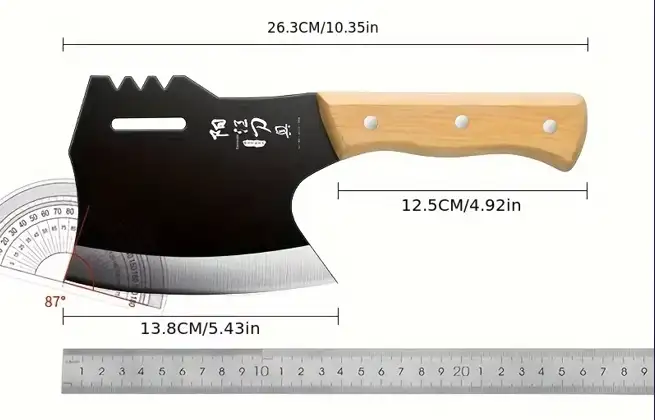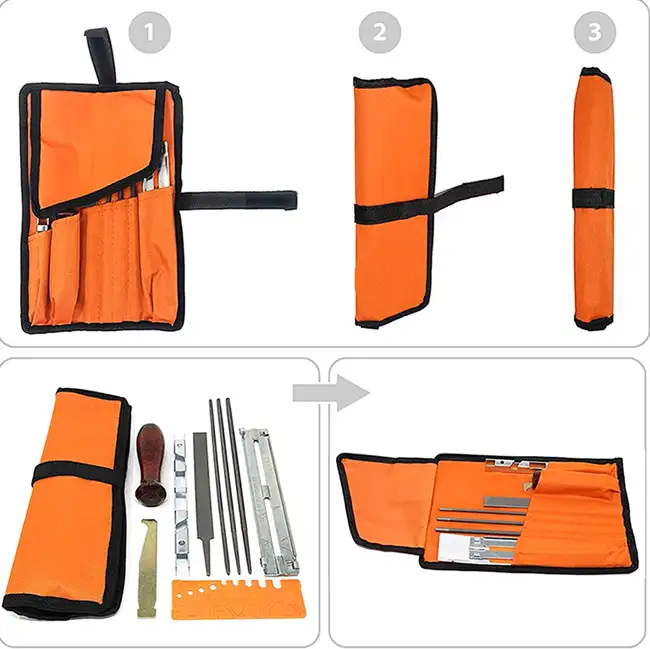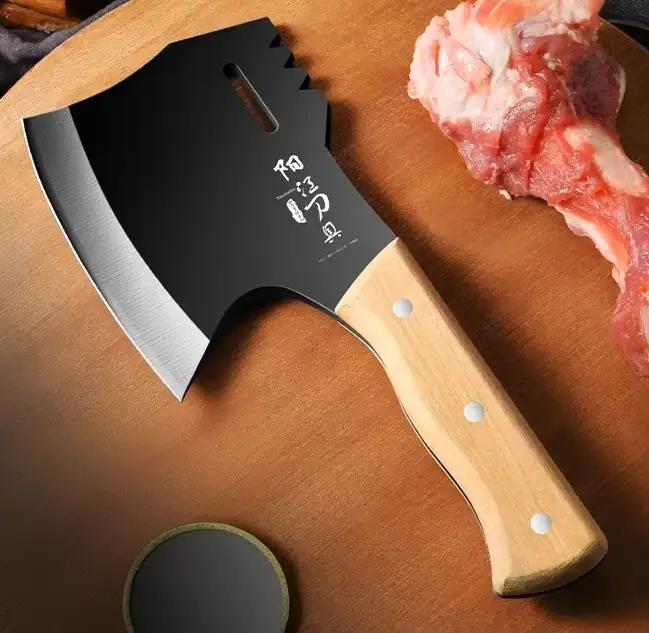When it comes to mastering the art of cooking, the right knife isn’t just a tool—it’s a partner in precision and efficiency. But what truly makes a knife sharp?
From the materials used to the science behind blade angles, understanding these factors can transform your culinary experience.
The Foundation: Knife Materials
The sharpness and durability of a knife begin with its material. High-carbon steel knives, such as the Misono Swedish Carbon Steel Gyuto, are celebrated for their razor-sharp edges and ability to retain sharpness.
This comes from their high carbon content, typically between 0.5% to 1.5%, making the steel harder and easier to hone to a fine edge.
However, this sharpness comes with responsibilities. Unlike stainless steel, carbon steel can rust or chip without proper care.
The patina that develops over time isn’t just aesthetic—it acts as a protective layer, safeguarding the blade from corrosion.
If you’re new to high-carbon steel knives, consider starting with a stainless-clad option like the Zwilling Kanren 8-inch Chef’s Knife, which combines high-carbon sharpness with easier maintenance.
The Angle of Precision
A knife’s sharpness also depends on the angle of its blade. Japanese-style knives often feature a more acute angle (around 15 degrees), allowing for exceptionally thin cuts.
Western knives, on the other hand, tend to have a broader angle (20–25 degrees), balancing sharpness with durability.

For instance, the Misono Gyuto’s asymmetrical bevel adds precision for fine slicing, making it perfect for detailed tasks.
But whether you’re dicing vegetables or filleting fish, the sharpening angle you choose should align with your cooking style and the foods you prepare.
Sharpening: The Key to Longevity
A sharp knife requires regular maintenance to stay at its best. Tools like whetstones or ceramic honing rods are ideal for high-carbon steel knives, as they allow for precise sharpening.
For an effortless sharpening experience, the Professional Sharpening Kit available here is a game-changer. It includes a range of grit levels to cater to various sharpening needs, ensuring your blades stay razor-sharp for years to come.

Additionally, the proper technique is critical. Use a consistent angle and light pressure to avoid chipping the blade.
And don’t forget to finish with a leather strop to polish the edge to perfection.
Knife Testing: Is Your Blade Truly Sharp?
Testing your knife’s sharpness can be as simple as the paper test—slicing a sheet cleanly with minimal effort—or as advanced as the BESS (Brubacher Edge Sharpness Scale) test.
The latter provides a precise measurement of the force required to make a cut, quantifying sharpness in grams.
For instance, a razor-sharp edge might measure 50 grams or less, while a dull blade could require 200 grams or more.
The Science of Sharpness
At its core, sharpness is about reducing resistance. The thinner and harder the blade, the easier it is to slice through food.
However, the trade-off is fragility—thin blades can chip or break under heavy use.
Understanding these dynamics allows you to choose a knife that fits your cooking habits, whether you’re slicing ripe tomatoes or deboning chicken.
A sharp knife is more than a convenience—it’s a tool that enhances your culinary artistry. With the right knowledge and care, your knives can deliver precision and pleasure for years to come.
Ready to elevate your kitchen game? Start with a blade that combines tradition, technology, and timeless sharpness.
A Knife for Every Kitchen
While high-carbon steel knives are a dream for knife enthusiasts, they may not suit every cook. For a versatile option that combines sharpness and ease of maintenance, the Butchers Kitchen Knife is an excellent choice. Its stainless cladding ensures resistance to rust while still delivering a sharp edge for daily tasks. You can find this premium knife here, making it a perfect upgrade for your kitchen.
Recommended Kitchen Tool: High Hardness Thickened Bone Chopping Axe
Transform your kitchen experience with the ultimate chopping solution designed for precision and durability.
| Feature | Description | Why You’ll Love It |
|---|---|---|
| Ergonomic Black Wood Handle | A comfortable black wood handle provides a secure grip, reducing hand fatigue during prolonged use. | Ensures stability and control, making chopping effortless even for tougher ingredients like bones. |
| Thickened Bone Chopping Design | Thickened blade design for efficient and effective bone chopping, ideal for professional butchers and chefs. | Saves time and effort, offering the power needed for heavy-duty chopping tasks. |
| High Hardness Carbon Steel Blade | The blade is crafted from carbon steel with exceptional hardness for superior edge retention and long-lasting durability. | Stay sharp longer—no frequent sharpening required! |
| Blade Angle >60° | A precise blade angle of over 60° ensures clean and sharp cuts every time, even for intricate kitchen tasks. | Perfect for clean cuts, whether chopping bones, meats, or other tough materials. |
| Forged Construction | Forged from a single piece of steel, this knife offers unmatched strength and balance for professional performance. | Exceptional durability means it’s built to last—perfect for heavy-duty use in any kitchen. |
| Dimensions | Full Length: 26.3 cm, Handle Length: 12.5 cm, Blade Length: 13.8 cm | Compact yet powerful—easy to handle without compromising on performance. |
Why Choose This Bone Chopping Knife?
- Professional Quality: Designed with butchers and serious chefs in mind.
- Durable and Long-lasting: High hardness carbon steel ensures it stands the test of time.
- Versatile Use: Perfect for chopping bones, meat, and other tough ingredients with precision.
Upgrade your kitchen tools today and chop like a pro!
🔗 Check Price and Reviews on Amazon Now!

